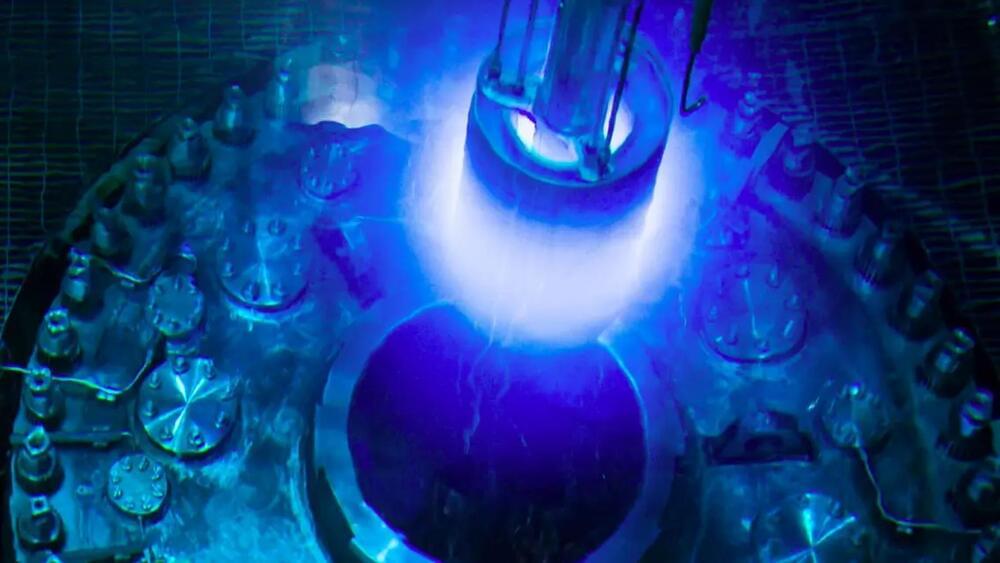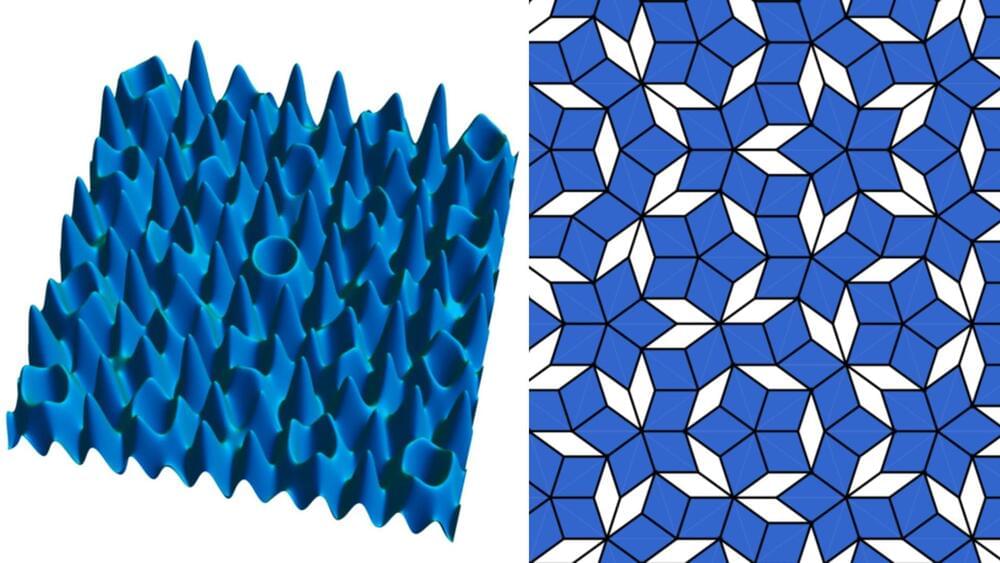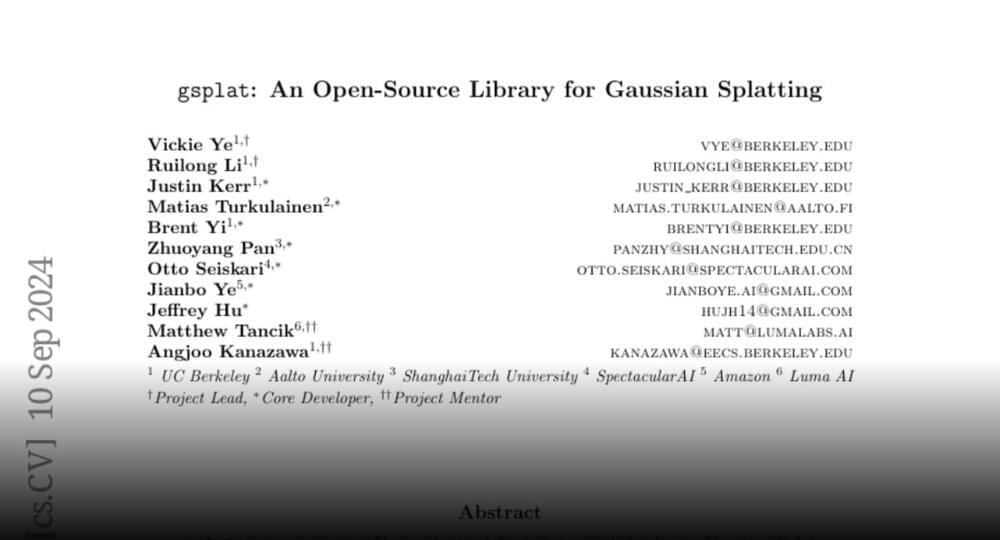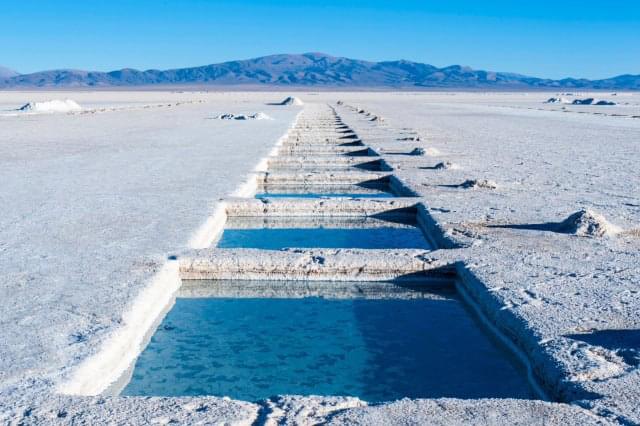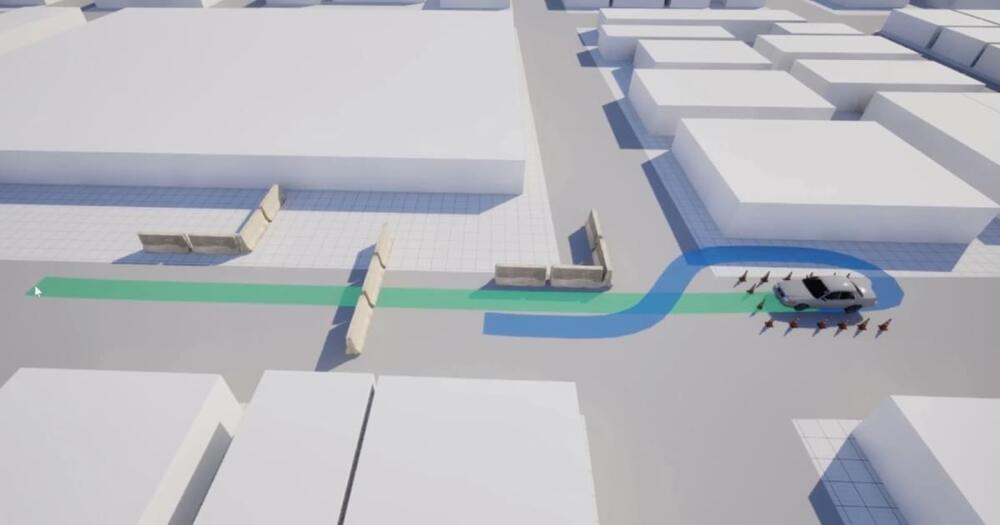Page 214
Sep 12, 2024
Most powerful fuel in history, created after Hawking predicted it: 8 grams for 1 million miles
Posted by Paul Battista in categories: nuclear energy, transportation
Hydrogen has been defined on numerous occasions as “the fuel of the future”. We have seen other alternatives, such as ammonia or even methanol (which you may remember meeting with us), but what if there was an even more powerful one? Hawking predicted decades ago that the most powerful one could exist, and now they have finally created it. This is the new engine that has everything to revolutionize the planet but would require a huge mobilization of resources to manufacture.
The idea of using thorium for fueling cars has created the immense interest from auto enthusiasts, as such cars may become a clean, efficient and almost inexhaustible energy source for transport in the future. Nevertheless, the prospects of this technology are not as simple as may be suggested by this example, and at the moment, this technology is still rather hypothetical.
A thorium-powered car engine concept is based on the use of the radioactive material known as thorium as fuel. In principle, this engine employed a tiny measure of thorium to release heat through nuclear fission, and the heat was further transformed into electricity to run the car.
Sep 12, 2024
New phase of matter: 2D Bose glass could advance quantum storage
Posted by Paul Battista in categories: computing, particle physics, quantum physics
As its name implies, the Bose glass exhibits certain glass-like properties, with all particles in the system becoming localized. This means that each particle remains confined to its position, without interacting or blending with its neighbors.
If coffee behaved in this way, for example, stirring milk into it would result in a permanent pattern of black and white stripes that never mix into a uniform color.
In a localized system like the Bose glass, particles don’t mix with their environment, which suggests that quantum information stored within such a system could be retained for much longer periods. This property has significant implications for quantum computing and information storage.
Sep 12, 2024
IISc scientists develop brain-inspired analog computing platform capable of storing, processing data
Posted by Shubham Ghosh Roy in categories: robotics/AI, supercomputing
The team was able to recreate NASA’s iconic “Pillars of Creation” image from the James Webb Space Telescope data — originally created by a supercomputer — using just a tabletop computer.
Sep 12, 2024
Gsplat: An Open-Source Library for Gaussian Splatting
Posted by Cecile G. Tamura in category: futurism
An Open-Source Library for Gaussian Splatting discuss:
Gsplat is an open-source library designed for training and developing Gaussian Splatting methods.
Join the discussion on this paper page.
Sep 12, 2024
Startup develops game-changing method to clean up lithium mining industry: ‘We’re unlocking a green future’
Posted by Shailesh Prasad in category: futurism
Besides the clear environmental benefits of this technology, it could cut lithium production costs by up to 40%.first appeared on The Cool Down.
Sep 12, 2024
Protons, quarks, and the strong force
Posted by Shubham Ghosh Roy in category: particle physics
Researchers probe pressures within the proton using Deeply Virtual Compton Scattering to help us understand the building blocks of matter.
Sep 12, 2024
Watch live: Polaris Dawn astronauts make first commercial spacewalk from SpaceX Dragon spaceship
Posted by Jose Ruben Rodriguez Fuentes in category: space travel

Live coverage as the Polaris Dawn crew attempt the world’s first commercial spacewalk from the SpaceX Dragon capsule Resilience. The spacewalk is scheduled to begin at 5:58 a.m. EDT (0858 UTC) but the time is subject to change.
Aboard Resilience are mission commander, Jared Isaacman, retired U.S. Air Force pilot, Scott “Kidd” Poteet, and two SpaceX Lead Space Operations Engineers, Anna Menon and Sarah Gillis. Isaacman and Gillis will take turns emerging from the Dragon’s hatch while Poteet and Menon remain inside. The entire spacecraft will be depressurised for the Extravehicular Activity (EVA).
Sep 11, 2024
Procedural Road Network Made With Unreal Engine 5
Posted by Saúl Morales Rodriguéz in categories: information science, robotics/AI, transportation
Game Developer jourverse, who is currently working on a tutorial series focused on building a traffic system in Unreal Engine 5, shared a demo project file for this procedural road network integrated with vehicle AI for obstacle avoidance, using A* for pathfinding.
The developer explained that both the A* algorithm and the road editor mode are implemented in C++, with no use of neural networks. Vehicle AI operations like spline following, reversing, and performing 3-point turns are handled through Blueprints. The vehicle AI navigates using two paths: the green spline for the main route and the blue spline for obstacle avoidance. The main spline leverages road network nodes to determine the path to the target via A* on FPathNode, which includes adjacent road nodes.
For obstacle detection, the vehicle employs polynomial regression to predict its future position. Upon detecting an obstacle, a grid of sphere traces is generated to map the obstacle’s location, and another A* algorithm is employed to create a path around the obstacle.
Dr. Sam Parnia talks about reviving people adter they died. Very informative. Fast forward a little to listen to it.

